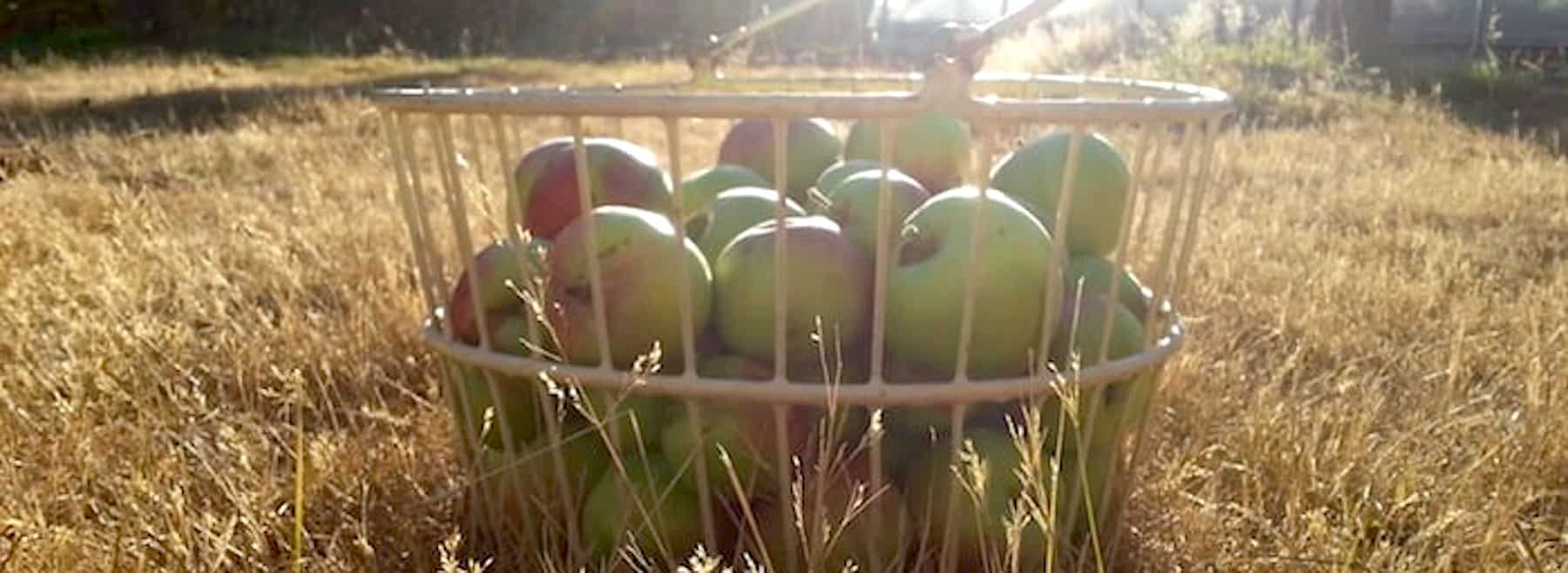Who Benefits, Who Loses from Non-Browning GM Apple
With the recently announced US approval of the genetically modified (GM)“Arctic Apple” along with the current Ag Canada review, BC apple growers are understandably concerned about the potential release of this product into their marketplace. Depending on consumer acceptance and demand in that market, they could be facing a nightmare of disruption of the overall BC apple market in an industry where margins are razor thin at the best of times.
The June 5, 2014 Western Producer article reported on the BC growers’ opposition to the introduction of the GM “Arctic Apple” developed by “Okanagan Speciality Fruits”. The GM feature added to this apple is a non-browning property when it is sliced. According to the article, “more than 7000 signatures calling for a moratorium on the introduction of a genetically modified apple were tabled in the BC legislature on May 28th, 2014 by NDP Agriculture Critic, Nicholas Simons”. As well, the Union of BC Municipalities has called on their provincial government to conduct a study on the impact of such a product on the BC Apple Growers’ marketplace.

The inevitable corporate rebuttal appeared in the November 6, 2014 Western Producer issue. The rebuttal was authored by Robert Saik, “a professional agrologist and certified ag consultant”. He cited the “volume of work, rigorous federal review processes and testing” incurred in the apple’s development, “its nutritive value”, and then, of course, the “absolute safety of the proposed introduction.”
Up until the 1960’s, prior to the severe and ongoing program cuts at the once world-famous Agriculture Canada Research station at Morden, Manitoba, extensive work was done on the development of fruit crops for the Prairie Region. A major focus was on prairie hardy apple varieties. Some of the crosses done at the time showed a great deal of promise, with a number of the best eventually released for sale in prairie nurseries. One of these conventionally bred Morden varieties displays the very trait which, according to Robert Saik, “Okanagan Speciality Fruit” went to such time and expense to develop as a GM “novel trait” and which is now of such concern to BC apple growers.
The flesh of the Morden variety, when peeled, sliced or dried remains white – pretty much indefinitely. Some conventional commercial varieties also possess this trait in varying degrees. Therefore, one must question the need for a GM non-browning apple variety when this trait came about naturally in the process of conventional breeding for a quality prairie hardy apple. With the gene identification tools now available to speed up what once was, especially in the case of tree fruits, a process requiring years, it would seem a waste of time and treasure to take the GM route, which down the road could present BC apple growers with no end of new production and marketing issues.
While the introduction of GM corn, canola and soybeans has been a great convenience to prairie grain producers, there is a considerable downside in exponential seed cost increases, regional contamination, rapid de-registration of conventional crop varieties, new weed resistance problems, shorter rotations with an accelerated disease reservoir build-up and corporate control of pretty much all canola seed.
Ultimately, the development of the “Arctic Apple” probably has a great deal less to do with preventing apple browning and more to do with corporate intellectual property patents and supermarket profits from the sale of a major Canadian fruit.
